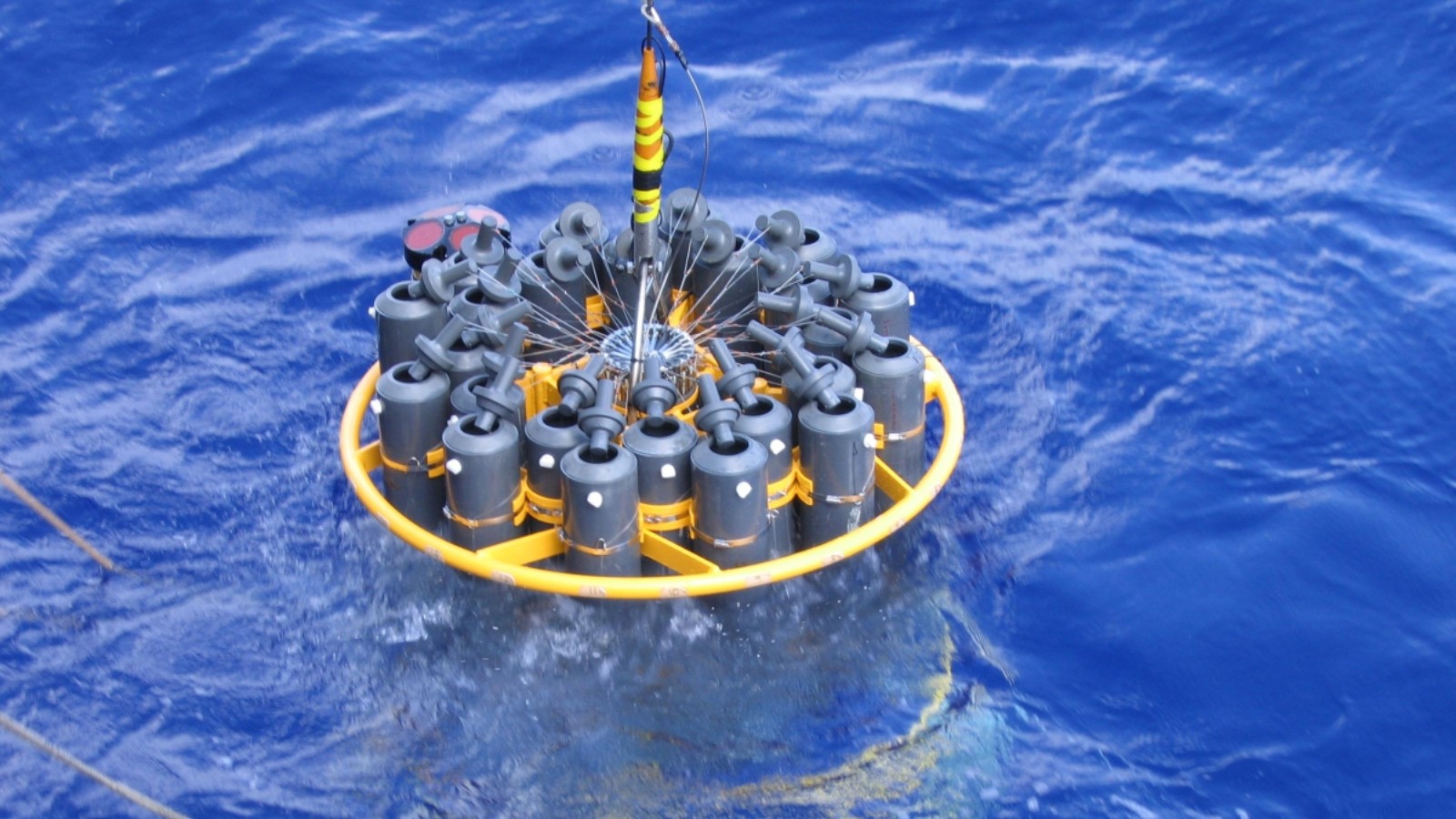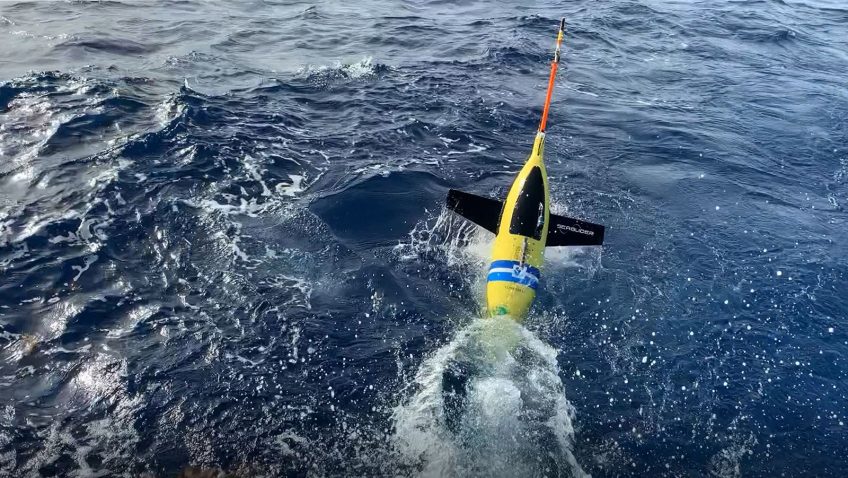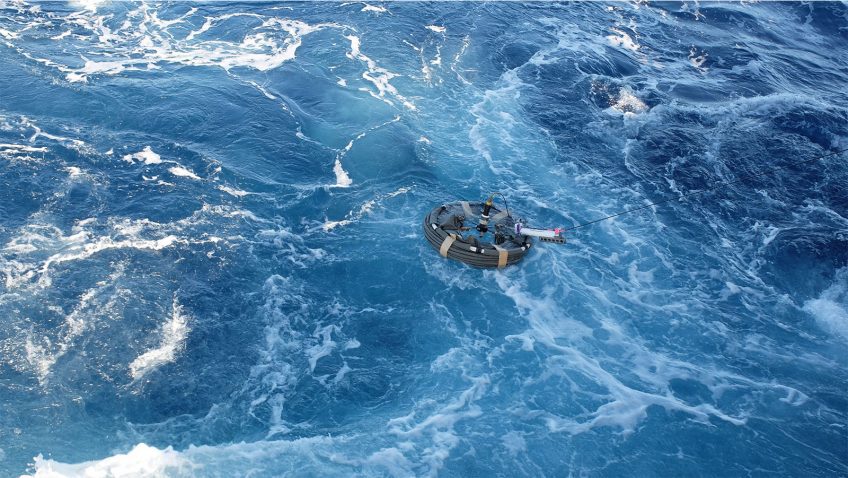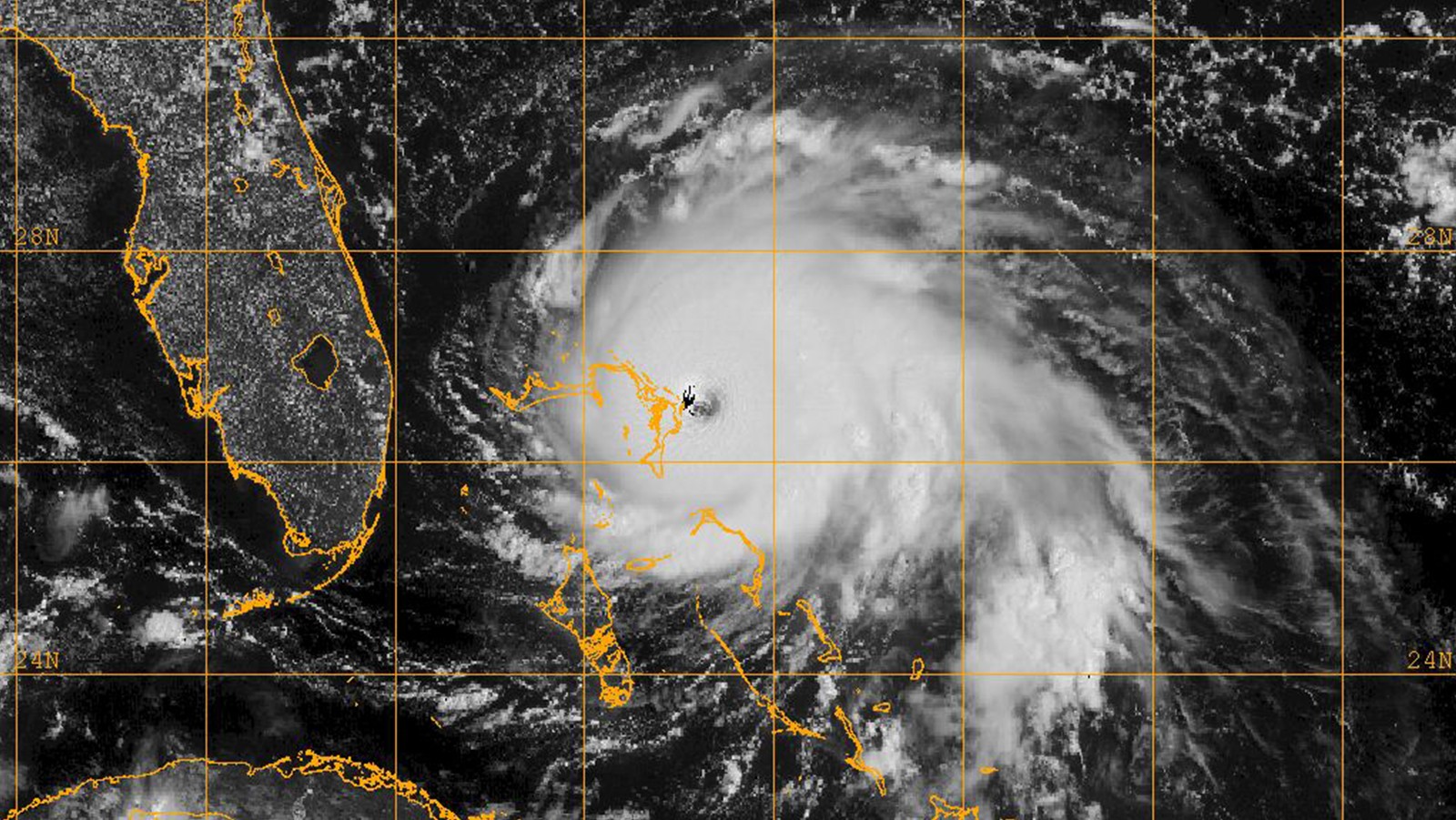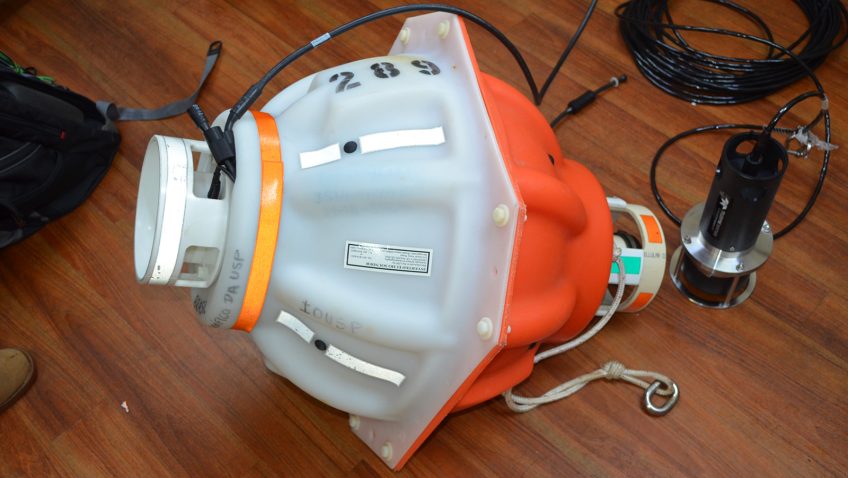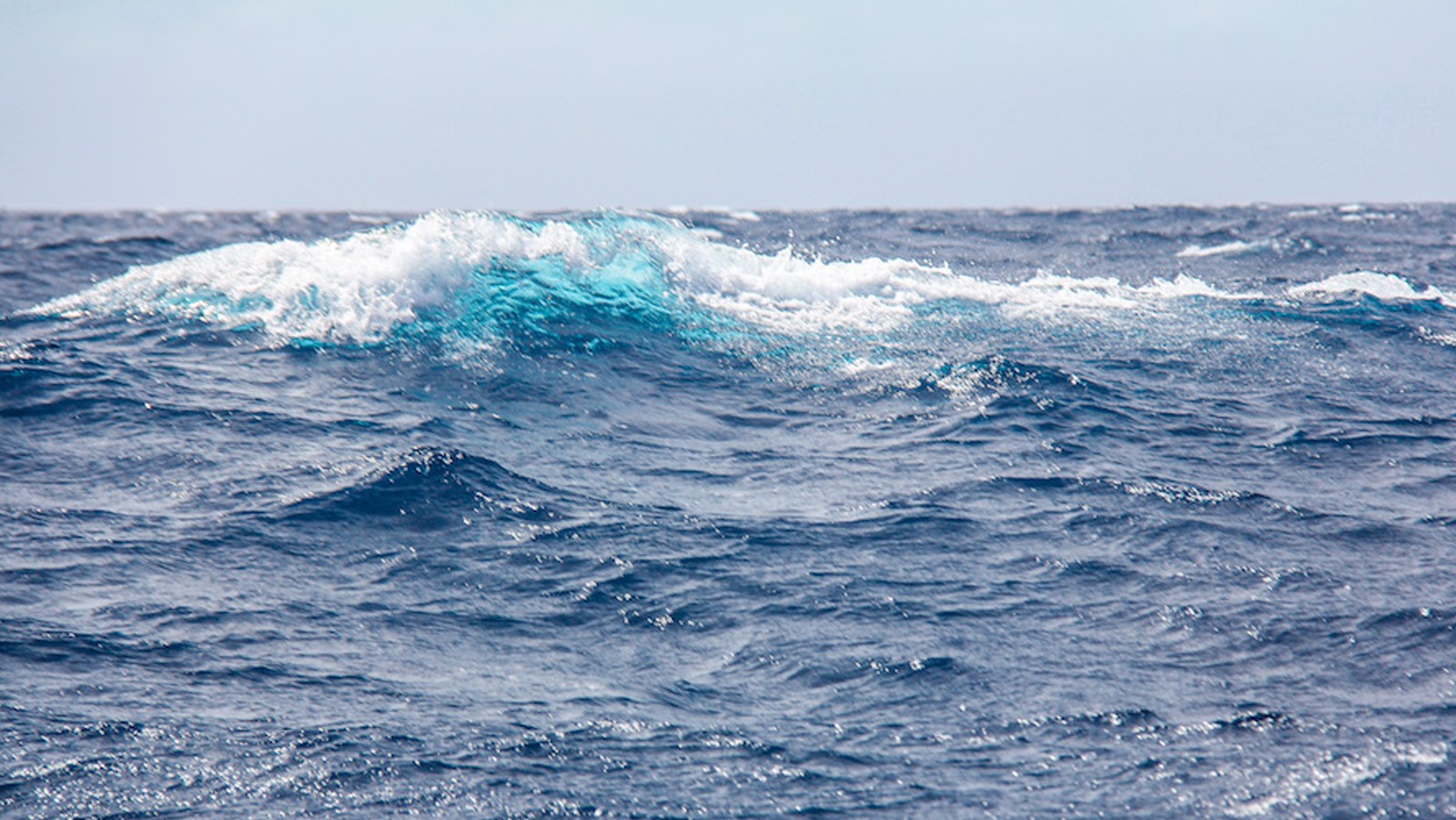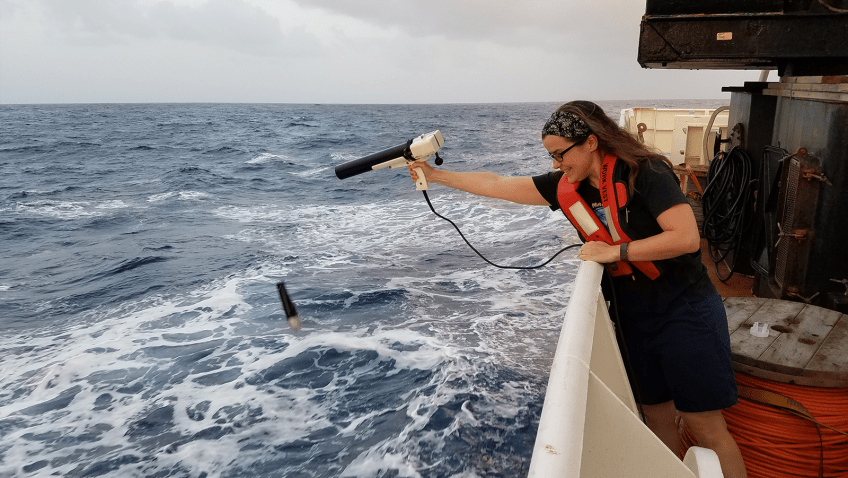Western Boundary Time Series
Western Boundary Time Series Monitoring the Western Boundary Currents in the Subtropical Atlantic JUMP TO DATA SCROLL TO LEARN MORE Who We Are What We Do The Western Boundary Time Series (WBTS) project conducts sustained monitoring of the volume transport and seawater properties of the western boundary currents in the subtropical North Atlantic. These include [...]Argo
Argo Program An Array of Profiling Floats Observing the Ocean in Real-Time JUMP TO DATA JUMP TO OPERATIONS JUMP TO BGC-ARGO OR SCROLL TO LEARN MORE Who We Are What We Do Argo is an international program that collects information from inside the ocean using free drifting profiling floats. These floats drift with the ocean [...]Hurricane Gliders
Hurricane Gliders Improving Hurricane Forecasts With Upper Ocean Observations JUMP TO DATA DEPLOYMENT MAP OR SCROLL TO LEARN MORE members Who We Are The genesis, path, and intensity of Atlantic Ocean hurricanes are linked to atmospheric and ocean conditions. During the last 20 years, the improvements of hurricane intensity forecasts, and in [...]Global Drifter Program
Global Drifter Program Cornerstone of the Global Ocean Observing System JUMP TO DATA OR SCROLL TO LEARN MORE Who We Are What We Do The Global Drifter Program is a branch of NOAA’s Global Ocean Observing System and a scientific project of the Data Buoy Cooperation Panel. It has two components: the Global Drifter Center [...]Larger than Normal Atlantic Warm Pool Leads to an Increase in US Heat Waves
Heat extremes are the number one weather-related cause of death in the United States, prompting the climate community to study the driving forces behind these extreme events to improve their prediction. A new study published in the Journal of Geophysical Research finds an increase in summertime heat wave occurrence over the US Great Plains is linked to a larger than normal tropical Atlantic warm pool.
Atlantic Coast Hurricanes Intensifying Faster Than Forty Years Ago
New NOAA research published in the journal Geophysical Research Letters, found that hurricane intensification rates near the U.S. Atlantic coast have increased significantly over the last 40 years and will likely continue to increase in the future.
First South Atlantic Meridional Overturning Circulation Project Cruise in Three Years
After two weeks at sea, the South Atlantic Meridional Overturning Circulation (SAM) project team completed its first cruise since June 2019!
State of the Climate in 2021 Report Released
The State of the Climate in 2021 report was released today by the American Meteorological Society, showing greenhouse gas concentrations, global sea levels, and ocean heat content reached record highs in 2021 despite a La Niña event taking place in the Pacific Ocean.
AOML’s Physical Oceanography Division Welcomes Renellys Perez as the New Deputy Director
NOAA’s Atlantic Oceanographic & Meteorological Laboratory (AOML) is pleased to announce Dr. Renellys Perez as AOML’s Physical Oceanography Divison’s next deputy director. Renellys officially begins her new position, today, August 15th.

